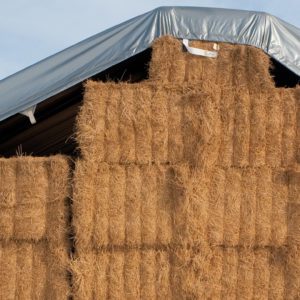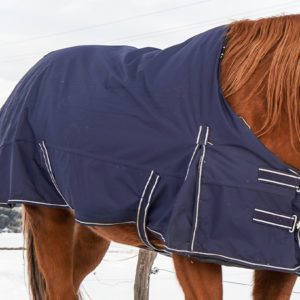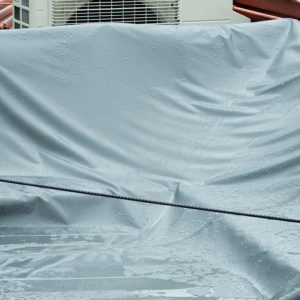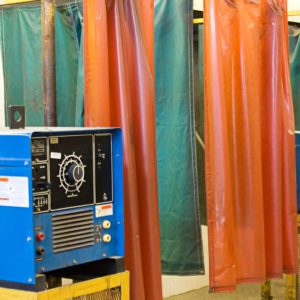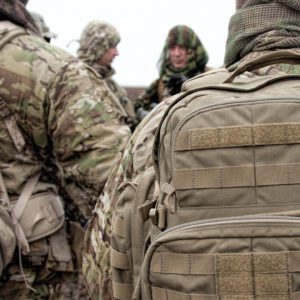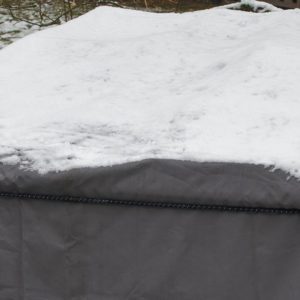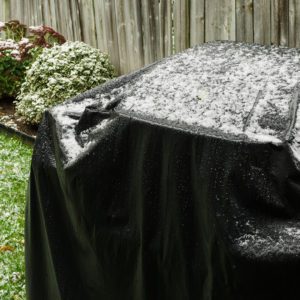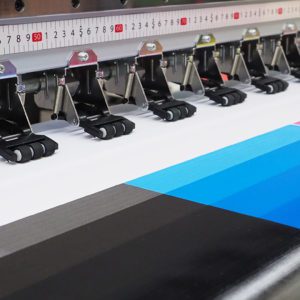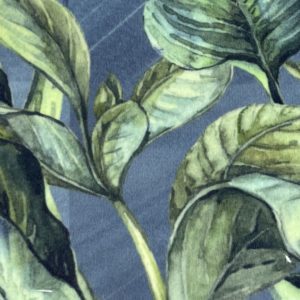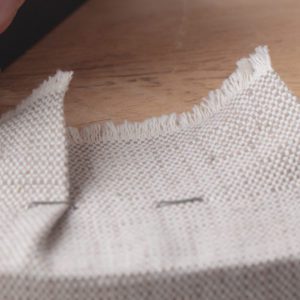Overview
As we all know, rolls of fabric are usually not perfect. In fact, an absolutely perfect roll of fabric would be a unicorn in the industry. Defects are a result of a variety of factors and occur in wovens, circular knits, and warp knits. Understanding common defects is essential.
Why Do Fabric Defects Take Place?
Woven and knit fabric defects are a common part of textile manufacturing. Steps can be taken to reduce the number of fabric defects, including but not limited to the cleanliness of the manufacturing environment and equipment, the quality of the yarn, the correct type and amount of sizing, and the degree of inspection.
Common Defects in Woven Fabrics:
- Broken Ends/Floats: Occurs when warp yarns break or are not properly inserted into the fabric structure. Ensure proper warp tension and regular inspection of warp yarns can help prevent this defect.
- Mispicks: Happens when weft yarns are not inserted correctly, resulting in gaps in the fabric. Proper weft insertion and tension control can help prevent this defect.
- Slubs: Thickened or irregular sections of yarn that create noticeable bumps on the fabric surface. Proper yarn selection and monitoring can help control slub formation.
- Banding/Stripe Defects: Consistent bands or stripes across the fabric caused by variations in warp or weft tension. Proper tension control, regular inspection, and maintenance of weaving equipment can minimize this defect.
- Fabric Shading: Variation in color intensity across the fabric caused by variations in dyeing or printing. Proper dyeing or printing techniques and regular color quality checks can help control this defect.
- Tight ends “Shiners”: Streaks caused by improper tension of one or more warp yarns.
- Coating Imperfections: Drag marks, stop marks, and foreign matter such as grease spots or other foreign matter known as “fly”. Having proper filtration, ensuring weaving equipment is clean, and having proper inspection equipment (such as an electronic eye) can help with these defects.
- Needle Lines: Streaks or lines across the fabric caused by a malfunctioning or damaged needle. Regular needle maintenance and replacement can help control this defect.
- Dropped Stitches: Occurs when stitches are missed, leading to holes or runs in the fabric. Proper needle selection, tension control, and regular inspection of knitting machines can minimize this defect.
- Ladder Runs: When stitches are not properly formed or connected, resulting in ladderlike runs in the fabric. Proper tension control, needle alignment, and regular maintenance of knitting machines can help prevent this defect.
- Yarn Slubs: Irregular thickened sections of yarn that create unevenness on the fabric surface. Proper yarn selection and monitoring can help control this defect
Common Defects in Circular Knit Fabrics:
- Needle Lines: Streaks or lines across the fabric caused by a malfunctioning or damaged needle. Regular needle maintenance and replacement can help control this defect.
- Dropped Stitches: Occurs when stitches are missed, leading to holes or runs in the fabric. Proper needle selection, tension control, and regular inspection of knitting machines can minimize this defect.
- Ladder Runs: When stitches are not properly formed or connected, resulting in ladderlike runs in the fabric. Proper tension control, needle alignment, and regular maintenance of knitting machines can help prevent this defect.
- Yarn Slubs: Irregular thickened sections of yarn that create unevenness on the fabric surface. Proper yarn selection and monitoring can help control this defect.
- Missed Stitches: Occurs when stitches are not formed correctly, resulting in holes or gaps in the fabric. Proper needle selection, tension control, and regular inspection of knitting machines can minimize this defect.
- Yarn Breaks: When the yarn breaks during the knitting process, leading to interruptions in the fabric structure. Monitoring yarn quality, tension control, and regular maintenance of knitting machines can help prevent this defect
- Snagging: When loops or yarns get caught and pulled out of the fabric, resulting in visible snags. Proper yarn tension and regular inspection of knitting machines can help control this defect.
- Hole Formation: Occurs when a yarn is missing or breaks, resulting in holes in the fabric. Regular yarn quality checks, proper tension control, and maintenance of knitting machines can minimize this defect.
- Laddering: Similar to ladder runs in circular knits, laddering happens when stitches are not properly formed or connected, creating ladder-like runs in the fabric. Proper tension control, needle alignment, and regular machine maintenance can help prevent this defect.
